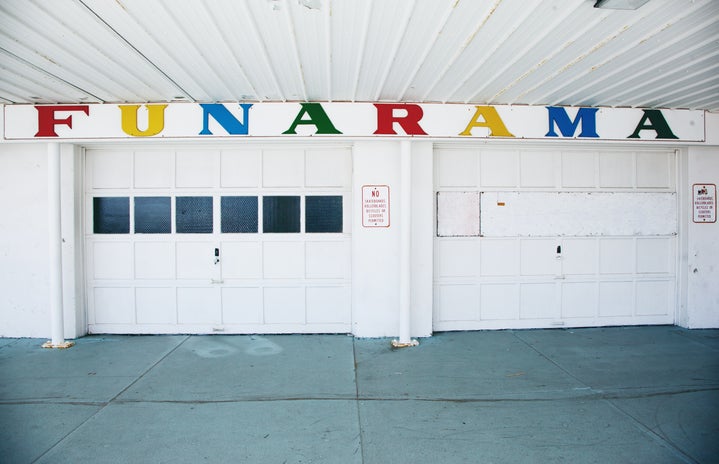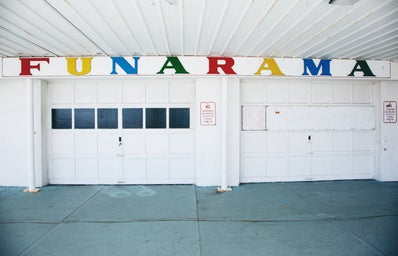Boston Ballet’s production of Coppélia finished on the 31st, and it served as an endearing proof that the world of ballet isn’t reserved for the stuck-up or wealthy. Coppélia is, in a word, charming; in many more, it is complex in its success.
The ballet is credited to George Balanchine, one of the great geniuses in the industry, with music by Léo Delibes. It’s lighthearted in every aspect of the word, and any version of the performance will have you laughing out loud with every other movement.
While Boston Ballet lacked some of the practiced perfection overall of companies like New York City Ballet and San Francisco Ballet, it did not disappoint.
The costume design (Kenneth Busbin and Robert O’Hearn) was lovely, but not above average, as were most of the corps dancers, who sometimes fell out of sync. The soloists were talented and a step above the corps, as they were supposed to be.
There was a section in which students from the Boston Ballet School performed and stayed on stage. They were cute—the crowd cheered and awed to make them feel good—but they were on for too long and drew attention away from the real dancers.
The scenic design (Robert O’Hearn and Benjamin J. Phillips) and lighting design (Mark Stanley) did well to transport the audience to the quaint vaguely-european town it was set in. The home of Dr. Coppélius was menacing in comparison to the other homes, as the acting encouraged it to seem. The inside of it was spooky overall, while providing enough clarity to give the audience a sense of dramatic irony with each frightful leap a character displayed.
The conductor (Mischa Santora), while only visible by the wave of an arm or the top of his head, maintained the sort-of off-kilter beat that was necessary for comedic effect.
All of this met expectations of a professional ballet production (it’s hard to tell little kids they’re not good enough to stay on stage for more than three minutes). However, the one place Boston Ballet shone was the most important part: its stars.
The three principal dancers (Misa Kuranaga, who played Swanilda/Coppélia; Derek Dunn, who played Frantz; and Isaac Akiba, who played Dr. Coppélius) managed to steal the show they were already given. They were more expressive, more precise in their comedic timing, and more impressive than any other dancers I can recall in this performance or in any performance of Coppélia I’ve seen (and I’ve been to many). A single flinch or flick of the wrist could send a wave of laughter across the crowd. A lift or leap could inflict gasps to even the most veteran of audience members. The principal dancers are supposed to be the best in the company, that’s why they’re given the lead roles. But with the average, expectation-meeting, rest of the performance, they truly delighted.
Boston Ballet’s production, of Coppélia or any other ballet, will likely not be the best you’ve ever seen if you have anything to compare it to. It’s average except for the stars. But if you’re not comparing, let yourself be delighted by the ability at which stars are found, and awed by the average.



